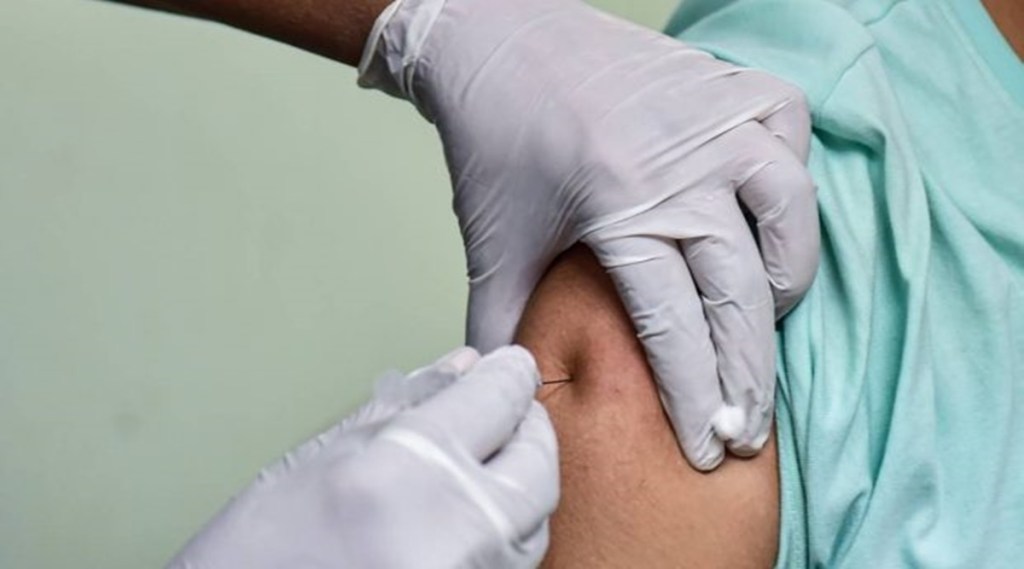WHO’s Strategic Advisory Group of Experts on Immunisation (SAGE) recently recommended that a single vaccine shot against Human Papillomavirus (HPV) will deliver solid protection against Cervical Cancer. It concluded that a single vaccine shot against HPV delivers comparable protection for girls and women under 21 as two doses.
HPV causes cervical cancer and is the fourth most common type of cancer in women globally. More than 95 percent of cervical cancer is due to sexually-transmitted HPV. Over 340,000 deaths of women were reported in 2020 due to cervical cancer.
Calling it a game-changer for the prevention of the disease, the World Health Organization said it expects more doses of the life-saving jab to reach more girls.
The group’s chair Alejandro Cravioto said in a press briefing that SAGE urges all countries to introduce HPV vaccines based on the evaluation of new evidence that single-dose schedules provide comparable efficacy to two- or three-dose regimens.
“These recommendations will enable more girls and women to be vaccinated and thus prevent them from having cervical cancer and all its consequences over the course of their lifetimes.”
SAGE recommended a one or two-dose schedule for girls aged nine to 14; the same for young women aged 15 to 20; and two doses with a six-month interval for women over 21. Three doses should be given to Immunocompromised individuals based on feasibility.
WHO assistant director-general Nono Simelela believes that elimination of cervical cancer is possible. She said that single-dose has the potential to take us faster to our goal of having 90 percent of girls vaccinated by the age of 15 by 2030.
SAGE said the vaccine supply situation was improving in the short and medium term.
Due to factors like the cost, supply challenges and with older girls falling outside routine childhood immunisation programmes had led to slowdown in the global uptake of the vaccine and far short of the 2030 target.
SAGE further recommended that girls aged nine to 14 should be the primary target for vaccination followed by older girls and women. Besides this, the vaccination of boys and men should be managed carefully with a one- or two-dose regimen.









